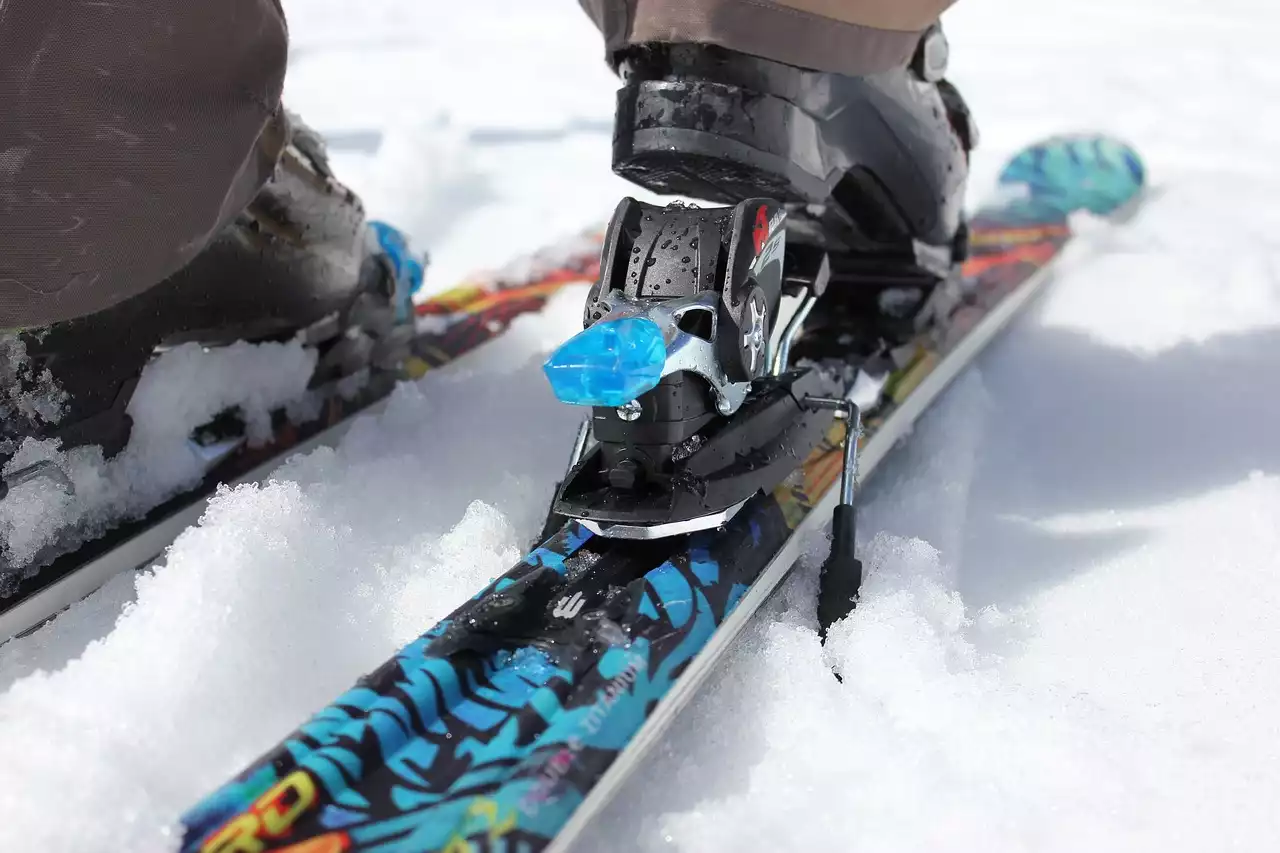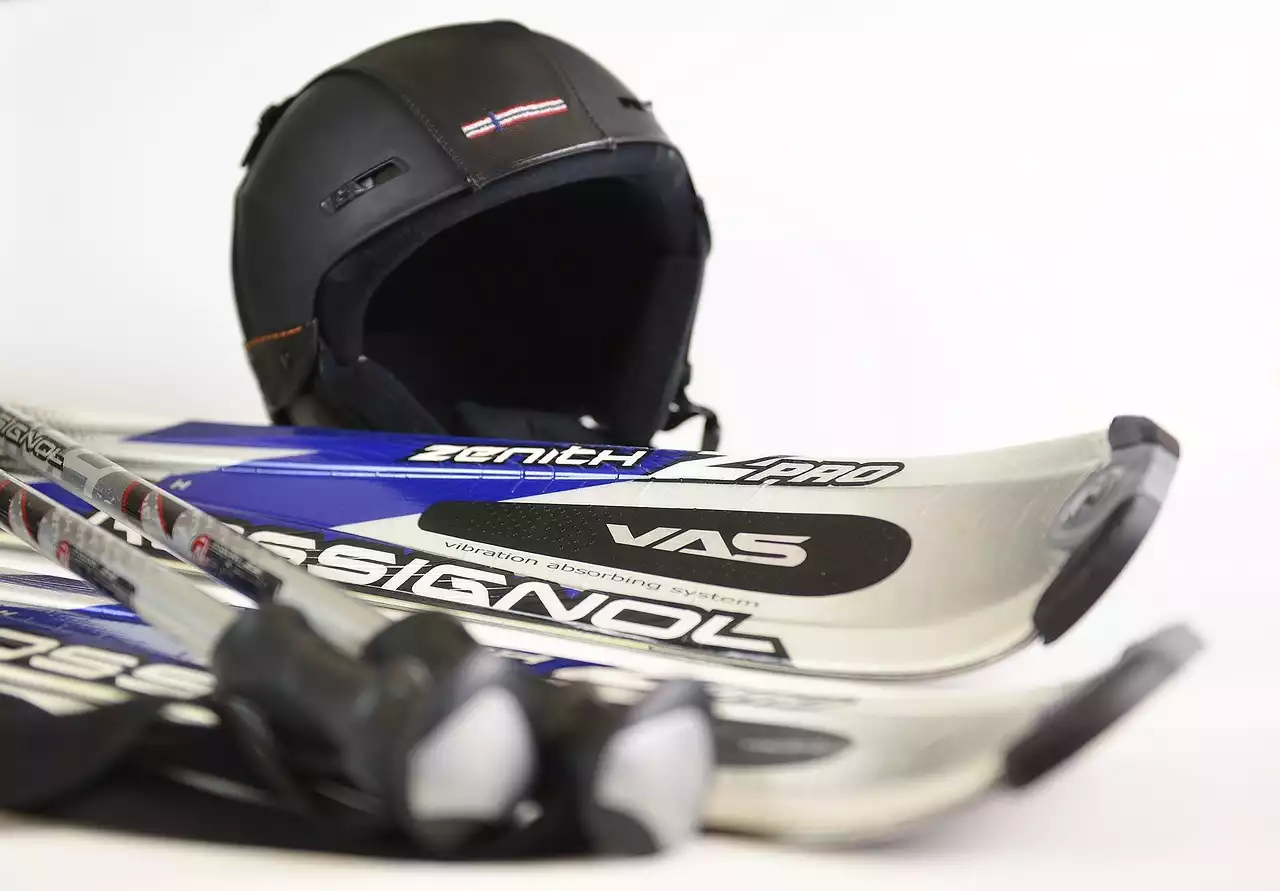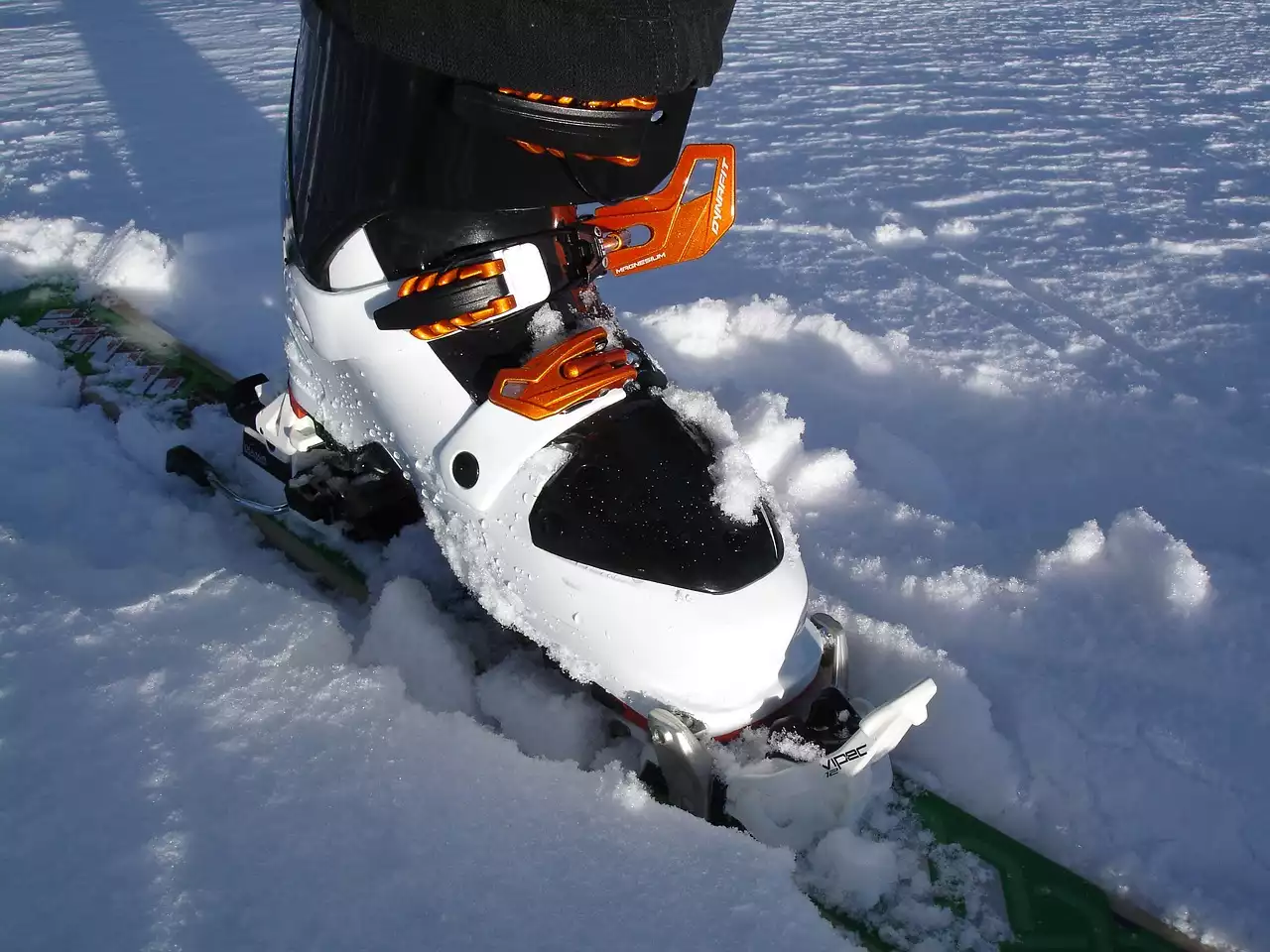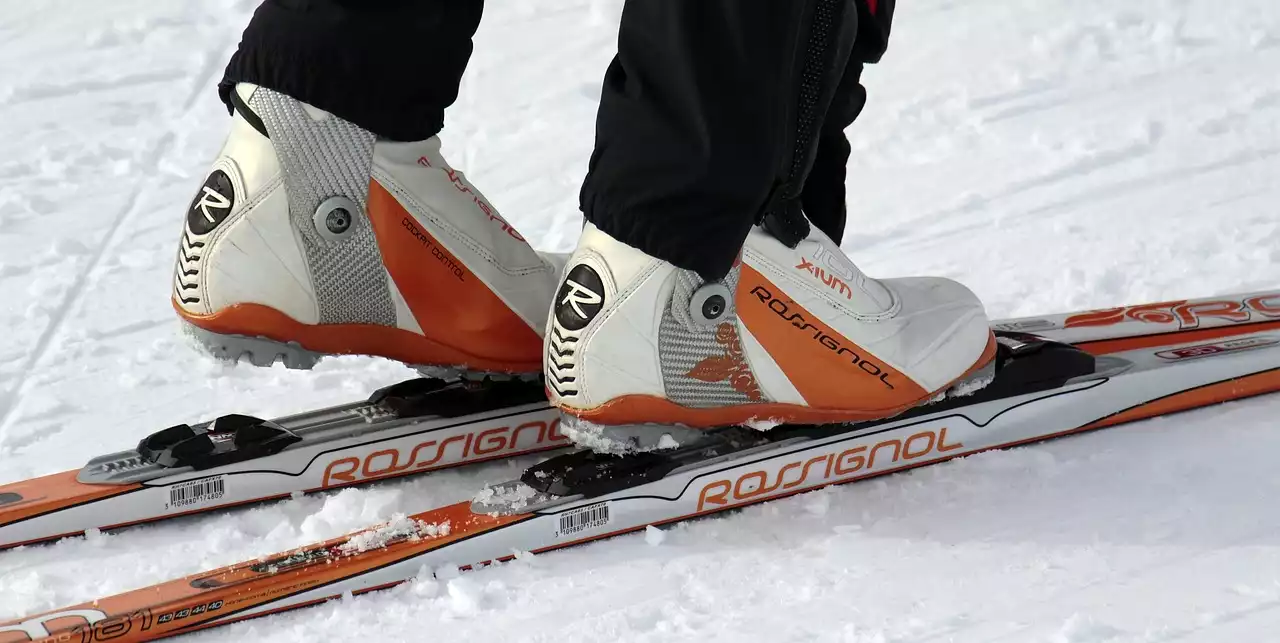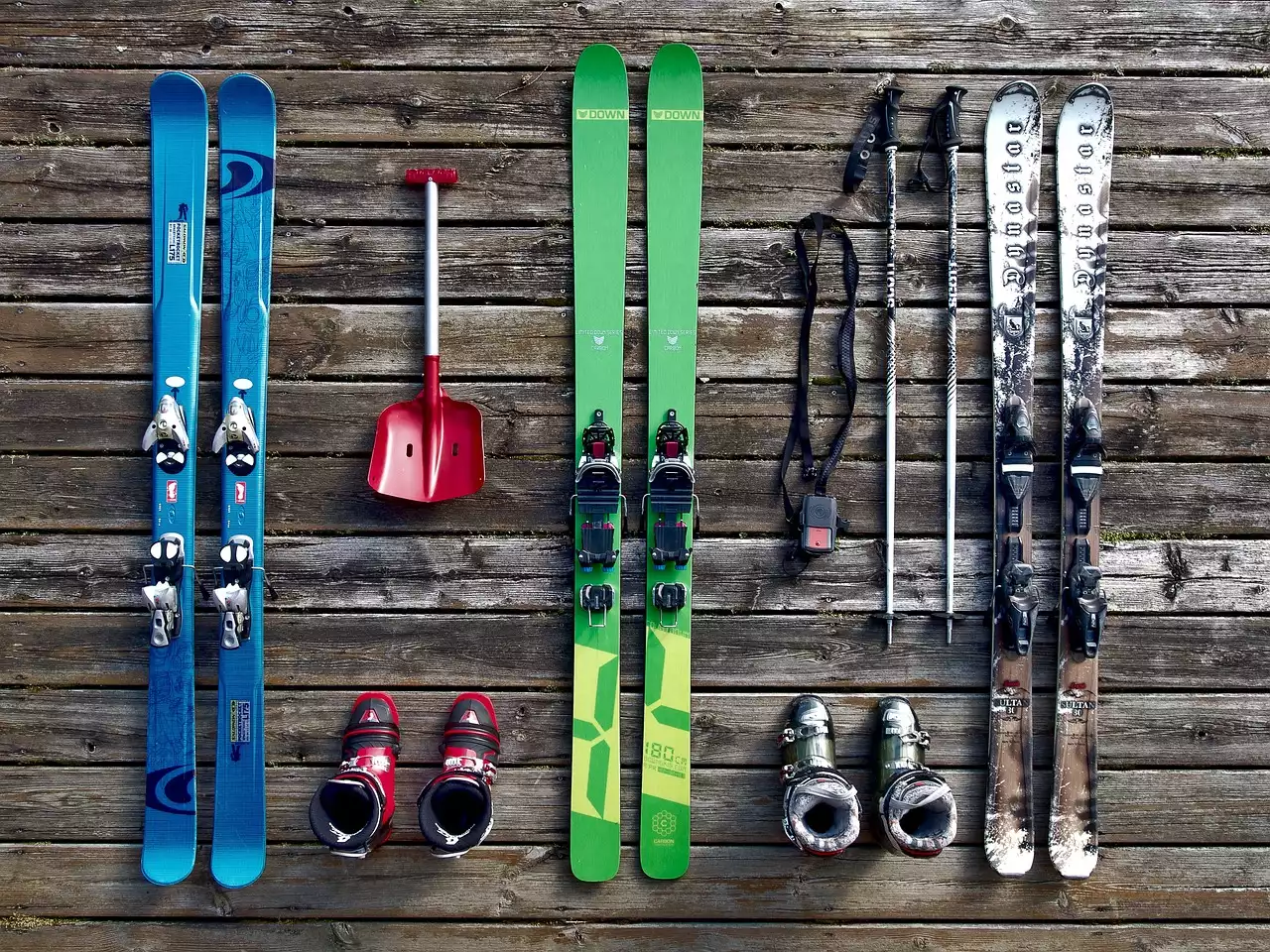The Evolution of Ski Binding Safety
Ski binding safety has always been a top priority for manufacturers, and over the years, they have made significant breakthroughs in improving the safety of their products. In the past, ski bindings were simple and didn't have any safety features. However, in the 1960s, Marker introduced the first safety bindings, which could release the ski boot from the binding in the event of a fall. This innovation significantly reduced the risk of knee injuries, which were prevalent at the time.
Since then, ski binding safety has continued to evolve, and modern ski bindings now have several safety features that improve skier safety. For example, most ski bindings now have a toe release and a heel release mechanism. The toe release mechanism can release the toe of the ski boot from the binding, while the heel release mechanism releases the heel. This feature helps to reduce the risk of injury in the event of a fall or crash.
Key Features of Modern Ski Bindings
Modern ski bindings have several key features that improve safety and performance on the slopes. One of the essential features is the DIN setting. The DIN setting determines the amount of force required to release the ski boot from the binding. The higher the DIN setting, the more force is required to release the boot. This feature allows skiers to adjust their ski bindings to their skill level and skiing style.
Another crucial feature of modern ski bindings is the anti-friction device. This device allows the ski boot to pivot more easily, reducing the risk of injury in the event of a fall. Additionally, most modern ski bindings have adjustable toe and heel pieces, allowing for a custom fit for the skier's boot.
The Importance of Proper Ski Binding Adjustment
Proper ski binding adjustment is crucial for safety and performance on the slopes. Ski bindings that are not properly adjusted can cause serious injury in the event of a fall. For example, if the DIN setting is too high, the binding may not release, which can lead to knee injuries. On the other hand, if the DIN setting is too low, the binding may release too easily, which can lead to falls and injuries.
It's essential to have your ski bindings adjusted by a professional ski technician. They can adjust the DIN setting and other critical features to ensure that the binding is properly calibrated for your skill level and skiing style. Additionally, they can inspect the binding for wear and tear and make any necessary repairs.
New Performance-Enhancing Technologies in Ski Bindings
In addition to safety features, ski binding manufacturers are continually developing new technologies to improve performance on the slopes. One of the latest innovations is the use of carbon fiber in binding construction. Carbon fiber is a lightweight yet robust material that provides excellent strength and durability. Ski bindings made with carbon fiber are lighter and more responsive, allowing for greater control and precision on the slopes.
Another new technology in ski bindings is the use of sensors. These sensors can measure the pressure and force exerted on the ski binding, allowing skiers to analyze their performance and make adjustments to their skiing technique. Additionally, some ski bindings now have integrated ski brakes, which can help prevent runaway skis and keep skiers safe on the slopes.
The Benefits of Lightweight Ski Bindings
Lightweight ski bindings have become increasingly popular in recent years due to their many benefits. For one, they reduce the weight of the ski setup, making it easier to carry and maneuver on the slopes. Additionally, lightweight ski bindings can improve performance by providing a more natural ski flex, which can enhance control and precision.
Another benefit of lightweight ski bindings is that they reduce fatigue. Traditional ski bindings can be heavy, which can lead to fatigue and muscle strain over time. Lightweight ski bindings reduce this strain, allowing skiers to stay on the slopes for longer periods without experiencing fatigue.
The Impact of Ski Binding Advancements on the Skiing Industry
The advancements in ski binding technology have had a significant impact on the skiing industry. They have allowed skiers of all levels to enjoy a safer, more enjoyable skiing experience. Additionally, ski binding advancements have opened up new possibilities for skiing, such as backcountry skiing and ski touring.
The advancements in ski bindings have also led to increased competition among manufacturers. This competition has driven innovation and led to the development of new technologies that continue to enhance skier safety and performance.
Ski Binding Maintenance and Care
Proper maintenance and care of ski bindings are crucial for safety and longevity. Skiers should regularly inspect their bindings for wear and tear and make any necessary repairs. Additionally, ski bindings should be cleaned and lubricated to ensure that they function correctly.
Skiers should also store their ski bindings properly during the offseason. It's essential to keep them in a dry, cool place to prevent rust and other damage.
Ski Binding Safety Tips for Skiers
While ski bindings have improved safety on the slopes, it's still essential for skiers to take precautions to minimize the risk of injury. Here are some ski binding safety tips to keep in mind:
- Have your ski bindings adjusted by a professional ski technician
- Inspect your ski bindings regularly for wear and tear
- Follow the manufacturer's instructions for use and maintenance
- Wear proper ski equipment, including helmets and goggles
- Ski within your ability level and avoid taking unnecessary risks
